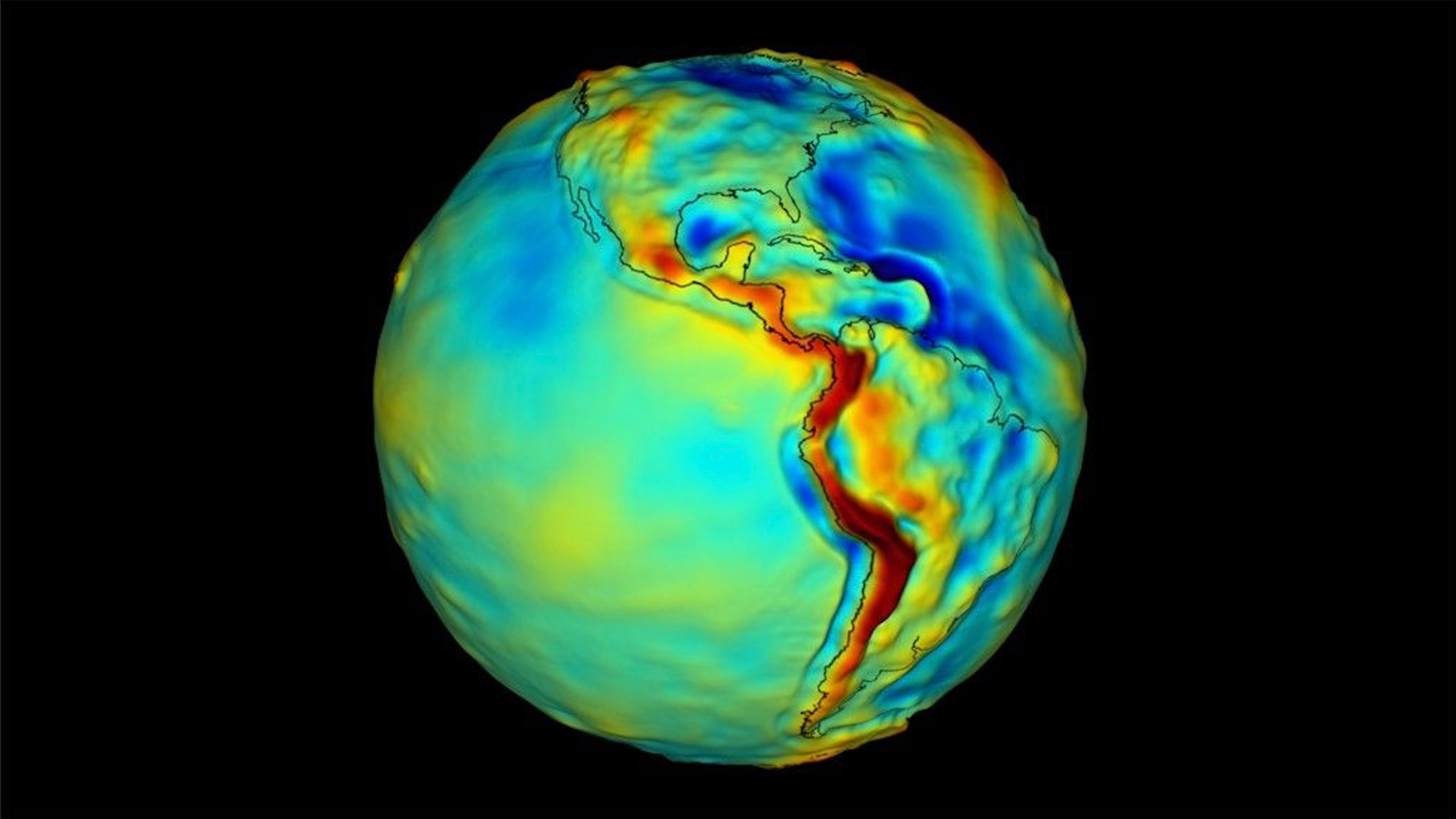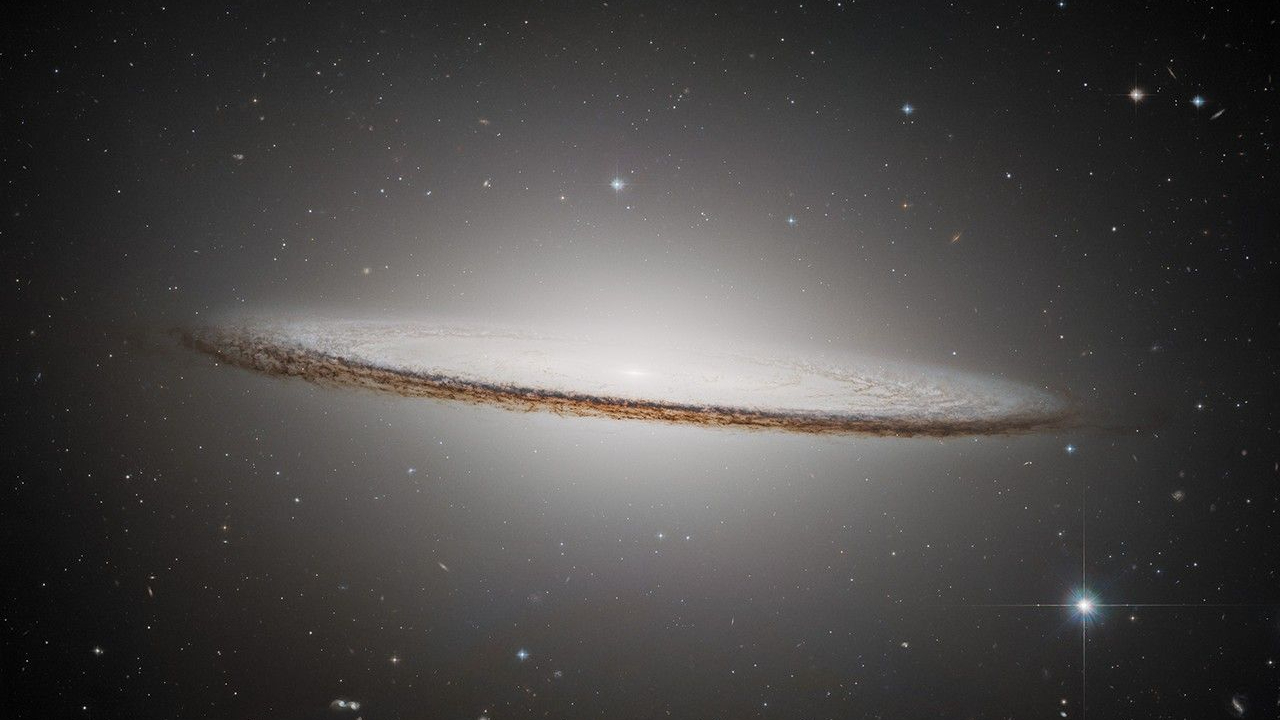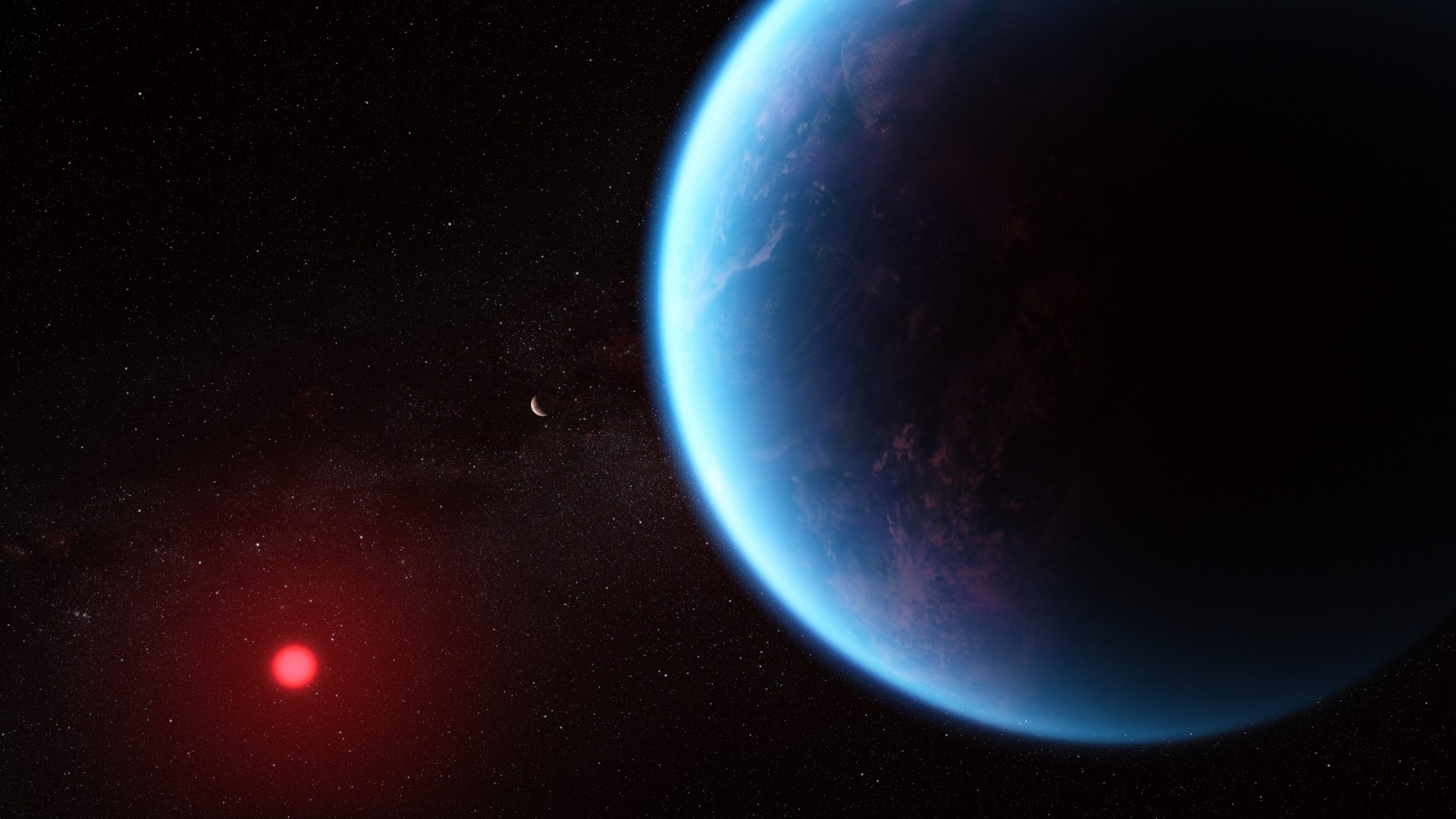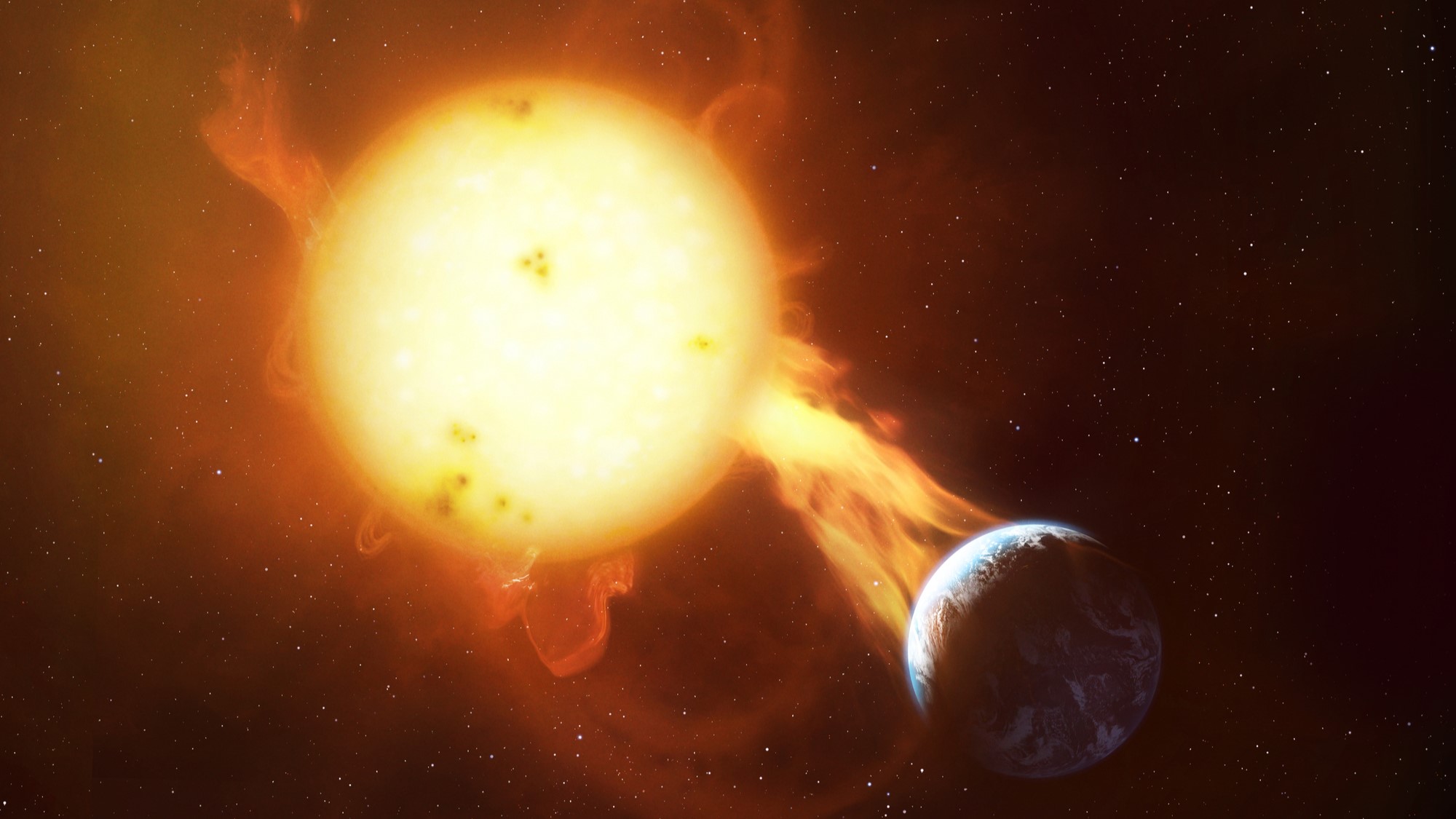If you plan to be anywhere in Europe, Africa or parts of western and southern Asia on Monday, Oct. 3, you will be treated to a solar eclipse.
This will be an annular or ring eclipse of the Sun, so called because the Moon's disk will appear too small to completely cover the Sun's disk. This circumstance is due to the fact that the Moon will be a bit farther from Earth than average; in essence, this is really nothing more than a fancy partial eclipse.
The panoply of striking phenomena seen during a total eclipse such as the solar corona and prominences and the dramatic darkening of the sky accompanied by the appearance of some of the brighter stars and planets, will not be seen. Rather, at maximum, sky watchers will see a "penny atop a nickel" effect, with the Sun mimicking a blazing ring of light rimming the dark silhouette of the Moon (creating the so-called "annulus" or ring effect).
The path of annularity averages 118 miles/189 kilometers in width. After touching down in the open waters of the north Atlantic roughly a thousand miles east of Newfoundland, the path will head in an east-southeast direction, making landfall in northwestern Iberia, near to the border shared by Portugal and Spain.
The citizens of Vigo, Spain and Braga, Portugal will be among the first to see the ringed Sun, while Porto, Portugal finds itself just outside the southern limit of the path. Keep in mind however, that in Portugal, maximum eclipse comes at around 9:53 a.m. WEST (Western European Summer Time). Spain, however, follows CEST (Central European Summer Time), which runs an hour later, so clocks there will read 10:53 a.m.
Vacationers in Madrid on this day, will have the track of the so-called "negative shadow" or "anti-umbra" of the Moon passing directly over this metropolis of nearly four million resulting in the Sun mimicking a spectacular "ring of fire" for 4 minutes 11 seconds beginning at 10:56 a.m. CEST. Valencia, also within the track, will be treated to 3 minutes 38 seconds of annularity beginning just after 11:00 a.m. CEST.
The path then crosses the Mediterranean Sea, passing over Ibiza, the southwesternmost of the three Balearic Islands, and then sweeps south and east across northern and eastern Africa, affecting parts of Algeria, Tunisia, Libya, Chad, Sudan, Ethiopia, Kenya and Somalia. The path will come to an end over the central Indian Ocean. It is over central Sudan that the annular eclipse reaches its maximum: the apparent diameter of the Moon's disk appearing just 4.2 percent smaller than that of the Sun. Here, the duration of annularity will last 4 minutes 31.6 seconds.
Get the Space.com Newsletter
Breaking space news, the latest updates on rocket launches, skywatching events and more!
Where to see a partial eclipse
The associated partial phases will be visible in varying extent over the eastern half of Greenland, all of Iceland and Europe, parts of western and southern Asia and virtually all of Africa (except for the extreme southern part). The Moon's penumbral shadow will even clip easternmost Newfoundland, allowing a brief glimpse of the eclipse at local sunrise. The closer you are to the path of the annular eclipse, the greater the amount of coverage of the Sun by the Moon. In Europe, all of Portugal and Spain, as well as the lower-third of France, the Island of Sardinia and western and southern Sicily will see at least 80 percent of the Sun's diameter eclipsed by the Moon. For all of these regions, the eclipse will last nearly three hours from start-to-finish and an unusual "counterfeit twilight" effect may be noticed for a few minutes around the time of mid-eclipse.
The accompanying table contains predictions for 24 cities in Europe, Africa, Russia and Canada, and has been adapted from tables calculated for the 2005 Observer's Handbook of the Royal Astronomical Society of Canada, by Fred Espenak of the NASA/Goddard Space Flight Center, Greenbelt, Maryland. Times have been adjusted to reflect the local time zone for each place. Mid-Eclipse corresponds to the moment of greatest magnitude; the magnitude value is the fraction of the Sun's diameter covered by the Moon.
Local circumstances of the Oct. 3, 2005 eclipse
| Place | Zone Time | First Contact | Mid-Eclipse | Magnitude | Last Contact |
Algiers | GMT + 1 hr. | 8:45 a.m. | 10:07 a.m. | Annular! | 11:37 a.m. |
Amsterdam | CEST | 9:54 a.m. | 11:05 a.m. | .595 | 12:22 p.m. |
Athens | EEST | 11:09 a.m. | 12:35 p.m. | .636 | 2:04 p.m. |
Baghdad | GMT + 4 hrs. | 1:03 p.m. | 2:19 p.m. | .351 | 3:32 p.m. |
Brussels | CEST | 9:52 a.m. | 11:05 a.m. | .635 | 12:23 p.m. |
Copenhagen | CEST | 10:06 a.m. | 11:13 a.m. | .450 | 12:22 p.m. |
Dublin | IST | 8:47 a.m. | 9:57 a.m. | .671 | 11:12 a.m. |
Helsinki | EEST | 11:31 a.m. | 12:25 p.m. | .256 | 1:20 p.m. |
Johannesburg | GMT + 2 hrs. | 1:01 p.m. | 1:51 p.m. | .145 | 2:38 p.m. |
Kabul | GMT + 4½ hrs. | 3:04 p.m. | 3:33 p.m. | .056 | 4:00 p.m. |
Lisbon | WEST | 8:38 a.m. | 9:53 a.m. | .871 | 11:17 a.m. |
London | BST | 8:49 a.m. | 10:01 a.m. | .663 | 11:18 a.m. |
Madrid | CEST | 9:40 a.m. | 10:58 a.m. | Annular! | 12:24 p.m. |
Moscow | GMT + 4 hrs. | 12:50 p.m. | 1:40 p.m. | .182 | 2:29 p.m. |
Munich | CEST | 9:56 a.m. | 11:12 a.m. | .511 | 12:32 p.m. |
Oslo | CEST | 10:11 a.m. | 11:12 p.m. | .387 | 12:16 p.m. |
Paris | CEST | 9:48 a.m. | 11:03 a.m. | .701 | 12:23 p.m. |
Riyadh | GMT + 3 hrs. | 12:17 p.m. | 1:42 p.m. | .434 | 3:01 p.m. |
Rome | CEST | 9:54 a.m. | 11:15 a.m. | .735 | 12:43 p.m. |
St. John's, NF | NDT | Not Visible | 7:06 a.m.(SR) | .172 | 7:18 a.m. |
Tel Aviv | GMT + 3 hrs. | 11:35 a.m. | 1:02 p.m. | .536 | 2:30 p.m. |
Valencia | CEST | 9:42 a.m. | 11:02 a.m. | Annular! | 12:29 p.m. |
Vienna | CEST | 10:02 a.m. | 11:17 a.m. | .552 | 12:36 p.m. |
Warsaw | CEST | 10:13 a.m. | 11:21 a.m. | .420 | 12:32 p.m. |
EEST = Eastern European Summer Time; CEST = Central European Summer Time; WEST = Western European Summer Time; BST = British Summer Time; IST = Irish Summer Time; NDT = Newfoundland Daylight Time. At other locations, the local time corresponds to GMT (Greenwich Mean Time) plus a specific number of hours. For St. John's, the eclipse will already be in progress at sunrise (SR); the magnitude given corresponding to sunrise and not mid-eclipse.
Be careful!
Once again it needs repeating: to look at the Sun without proper eye protection is dangerous. Even if you are in the path of the annular eclipse you will need to protect your eyes.
By far, the safest way to view a solar eclipse is to construct a "pinhole camera." A pinhole or small opening is used to form an image of the Sun on a screen placed about three feet behind the opening. Binoculars or a small telescope mounted on a tripod can also be used to project a magnified image of the Sun onto a white card. Just be sure not to look through the binoculars or telescope when they are pointed toward the Sun!
A variation on the pinhole theme is the "pinhole mirror." Cover a pocket-mirror with a piece of paper that has a ¼-inch hole punched in it. Open a Sun-facing window and place the covered mirror on the sunlit sill so it reflects a disk of light onto the far wall inside. The disk of light is an image of the Sun's face. The farther away from the wall is the better; the image will be only one inch across for every 9 feet from the mirror. Of course, don't let anyone look at the Sun in the mirror.
Acceptable filters for unaided visual solar observations include aluminized Mylar. Some astronomy dealers carry Mylar filter material specially designed for solar observing. Also acceptable is shade 14 arc-welder's glass, available for just a few of dollars at welding supply shops.
Unacceptable filters include sunglasses, color film negatives, black-and-white film that contains no silver, photographic neutral-density filters, and polarizing filters. Although these materials have very low visible-light transmittance levels, they transmit an unacceptably high level of near-infrared radiation that can cause a thermal retinal burn. The fact that the Sun appears dim, or that you feel no discomfort when looking at the Sun through the filter, is no guarantee that your eyes are safe.
Next year
On March 29, there will be a Total Eclipse of the Sun. The path of totality will begin over easternmost Brazil, then will sweep across the Atlantic Ocean.
The Moon's dark shadow will also make landfall again in western Africa, moving inland over Ghana, then slices through Togo and Benin, and into northwestern Nigeria. The totality path will then cut across central Niger, northern Chad, central and eastern Libya. After passing over the Mediterranean Sea, the eclipse track sweeps through central Turkey.
After passing over the Black Sea, totality will strike the northwest corner of Georgia, then moves across Kazakhstan before leaving the Earth at local sunset.
Basic Sky Guides
- Full Moon Fever
- Astrophotography 101
- Sky Calendar & Moon Phases
- 10 Steps to Rewarding Stargazing
- Understanding the Ecliptic and the Zodiac
- False Dawn: All about the Zodiacal Light
- Reading Weather in the Sun, Moon and Stars
- How and Why the Night Sky Changes with the Seasons
- Night Sky Main Page: More Skywatching News & Features


Joe Rao serves as an instructor and guest lecturer at New York's Hayden Planetarium. He writes about astronomy for The New York Times and other publications, and he is also an on-camera meteorologist for News 12 Westchester, New York.
Join our Space Forums to keep talking space on the latest missions, night sky and more! And if you have a news tip, correction or comment, let us know at: community@space.com.

Joe Rao is Space.com's skywatching columnist, as well as a veteran meteorologist and eclipse chaser who also serves as an instructor and guest lecturer at New York's Hayden Planetarium. He writes about astronomy for Natural History magazine, Sky & Telescope and other publications. Joe is an 8-time Emmy-nominated meteorologist who served the Putnam Valley region of New York for over 21 years. You can find him on Twitter and YouTube tracking lunar and solar eclipses, meteor showers and more. To find out Joe's latest project, visit him on Twitter.









